trending
neon
Cirque du Soleil offers summer ticket deals
dining out
Celebs ditch the Strip for iconic Henderson restaurant
july 
trending
neon
Cirque du Soleil offers summer ticket deals
dining out
Celebs ditch the Strip for iconic Henderson restaurant
july 

The Federal Reserve’s decision to hike interest rates has significant implications for investors across various asset classes. As interest rates rise, the cost of borrowing increases, which can affect everything from stock prices to real estate values and bond yields




The Federal Reserve has once again raised interest rates as part of its ongoing efforts to combat inflation and stabilize the U.S. economy. The latest rate hikes are the result of the Fed’s continued strategy of tightening monetary policy to address inflationary pressures that have remained stubbornly high in recent years. For investors, these rate hikes are critical to understanding the evolving landscape of financial markets. As borrowing costs increase, there are ripple effects that touch nearly every part of the economy.
The Federal Reserve (Fed) plays a pivotal role in the U.S. economy by setting interest rates that influence everything from consumer borrowing to business investments. The federal funds rate, which is the rate at which banks lend to one another overnight, is the tool the Fed uses to manage economic growth, inflation, and employment.
When the economy is growing too quickly, and inflation is rising, the Fed may raise interest rates to cool things down. Conversely, when the economy is slowing, and inflation is low, the Fed may lower rates to stimulate borrowing and spending. The recent decision to hike rates is a response to inflationary pressures that have persisted throughout the economy.
The stock market typically reacts negatively to interest rate hikes, especially in the short term. Higher interest rates mean higher borrowing costs for companies, which can lead to reduced profitability. Companies that rely on debt to finance growth, such as those in the tech sector, may face higher costs of capital, which can weigh down their stock prices. Additionally, the higher yield on bonds may make them more attractive relative to stocks, causing investors to shift capital away from equities.
The bond market is perhaps the most directly affected by interest rate hikes. As rates rise, the yield on new bonds increases, making them more attractive compared to existing bonds with lower yields. The value of existing bonds with fixed interest payments declines as a result.
Real estate is another sector that can be significantly impacted by rising interest rates. Higher borrowing costs translate into higher mortgage rates, which can dampen demand for home purchases and commercial real estate investments. As mortgage rates rise, consumers may become less willing to take on large amounts of debt, leading to a slowdown in the housing market.
Commodities like gold, oil, and agricultural products can also feel the impact of rising interest rates. When the Fed raises rates, the U.S. dollar tends to strengthen, making commodities priced in dollars more expensive for foreign buyers. This can lead to a decline in commodity prices in global markets.
The foreign exchange (FX) market can experience significant volatility in response to changes in interest rates. When the Fed raises rates, it typically causes the U.S. dollar to appreciate, as investors seek higher yields on dollar-denominated assets.
While rising interest rates pose challenges for certain asset classes, there are strategies that investors can consider to manage the impact.
In a rising rate environment, short-duration bonds tend to be less impacted by rate hikes than long-term bonds. Investors may want to adjust their portfolios by shifting towards bonds with shorter maturities to reduce interest rate risk.
As interest rates rise, dividend stocks can become an attractive option, especially those in defensive sectors like utilities, consumer staples, and healthcare. These stocks may offer more stability and income during periods of volatility.
Inflation-linked securities like TIPS can help protect against rising costs, while commodities like gold may offer a safe haven if inflation expectations increase.
Diversification remains a key strategy for investors navigating periods of rising rates. By holding a mix of stocks, bonds, real estate, and commodities, investors can reduce risk and potentially capture opportunities across different market conditions.
The Federal Reserve’s decision to hike interest rates has significant implications for investors across various asset classes. As interest rates rise, the cost of borrowing increases, which can affect everything from stock prices to real estate values and bond yields
the latest
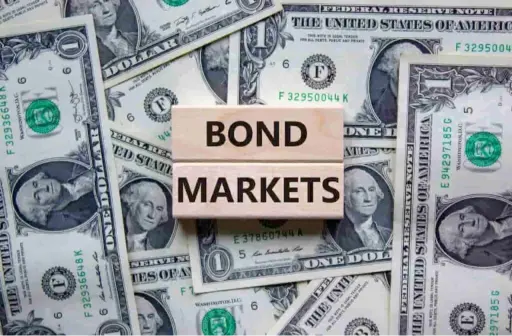
US Treasury Yields Surge: What This Means for Bond Markets
US Treasury yields have surged, sparking concerns among bond market investors. This article explores how these rising yields are affecting bond prices, the broader market, and what investors should consider moving forward.

Tech Sector Growth Amid Rising Inflation Concerns
The tech sector continues to experience significant growth even in the face of rising inflation. This article explores how technology companies are adapting to economic challenges and driving innovation in an uncertain economic environment.

Inflation Reduction Act: How It’s Shaping Future Investments and Financial Policies
The Inflation Reduction Act (IRA) is reshaping the landscape of investments and financial policies, focusing on climate change, healthcare, and tax reform. This article explores how the IRA is influencing market trends and shaping the future of the economy

S&P 500 Hits Record High: What’s Driving the Rally in 2025
The S&P 500 has hit a record high in 2025, signaling a strong performance in the stock market. This article explores the key factors driving the rally, including corporate earnings growth, economic recovery, and investor sentiment.
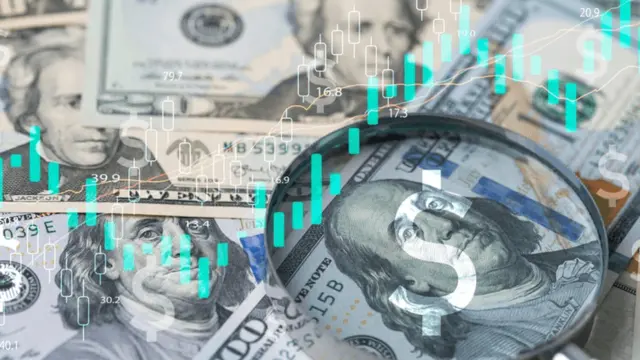
US Dollar Strengths and Weaknesses: Impact on Global Trade and Inflation
The US Dollar’s fluctuations in value can have a significant impact on global trade and inflation. A stronger dollar can lower inflation by making imports cheaper, but it can also hurt US exports. Conversely, a weaker dollar can increase inflation but boost exports. This article explores these dynamics in the context of the global economy
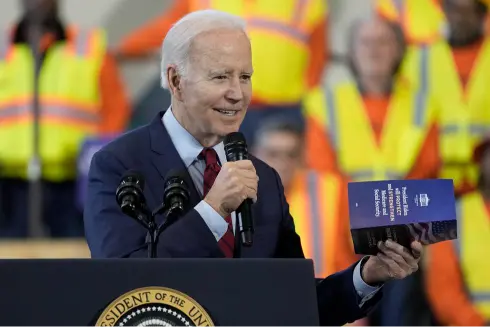
Biden’s Economic Agenda: What It Means for Corporate Taxes and Investments
Biden's economic policies have significantly impacted corporate taxes and investment strategies in the U.S. His administration's proposed tax reforms and infrastructure plans are shaping business investment, with companies adjusting to new tax structures and the changing regulatory landscape.
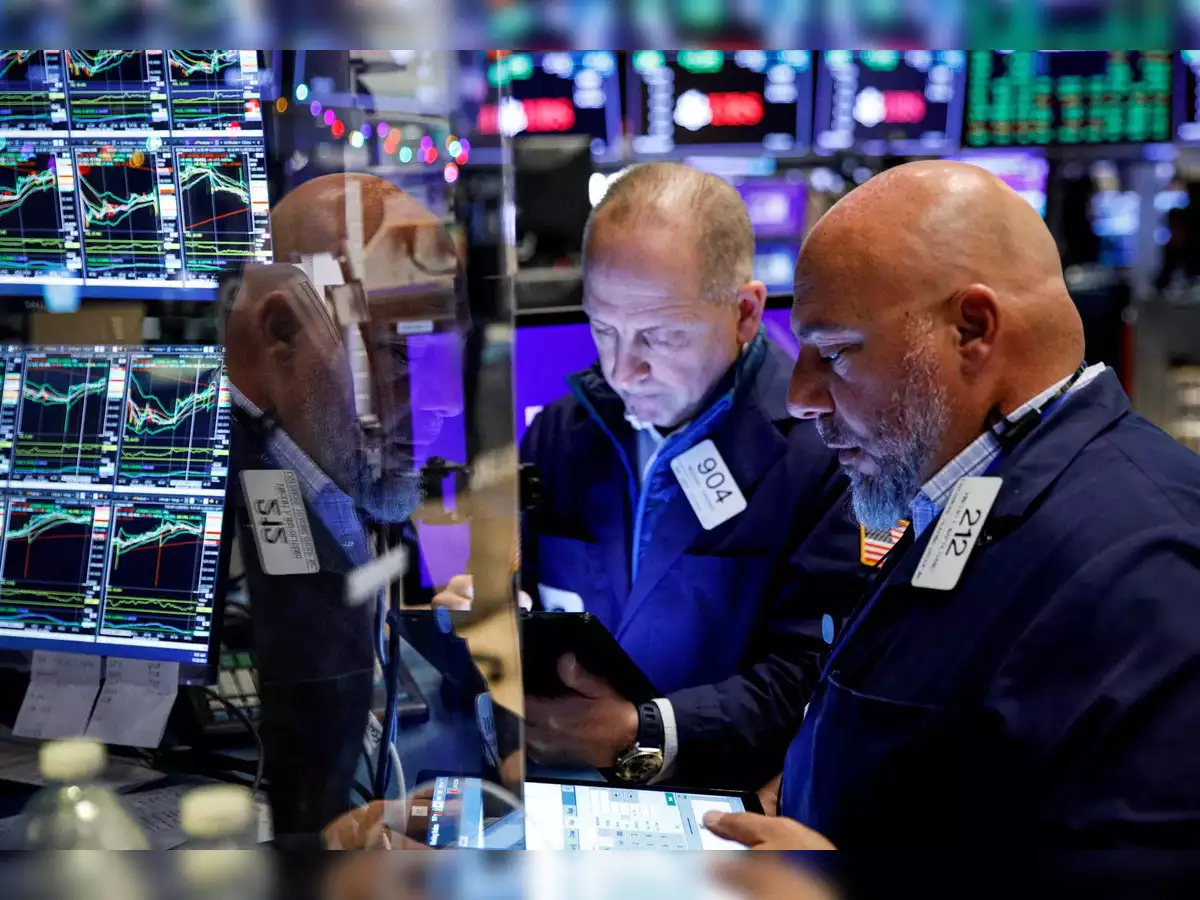
Stock Market Reacts to Latest Economic Data and Fed Policy Announcements
The stock market’s movements have been closely tied to the latest economic data and Federal Reserve policy announcements. Investors are reacting to inflation readings, employment data, and the Fed’s stance on interest rates as they navigate uncertainty in a shifting economic landscape.

Why Annuity Owners Value Lifetime Income Security
Annuities offer retirees a reliable stream of lifetime income, protecting them from market volatility and ensuring long-term financial security
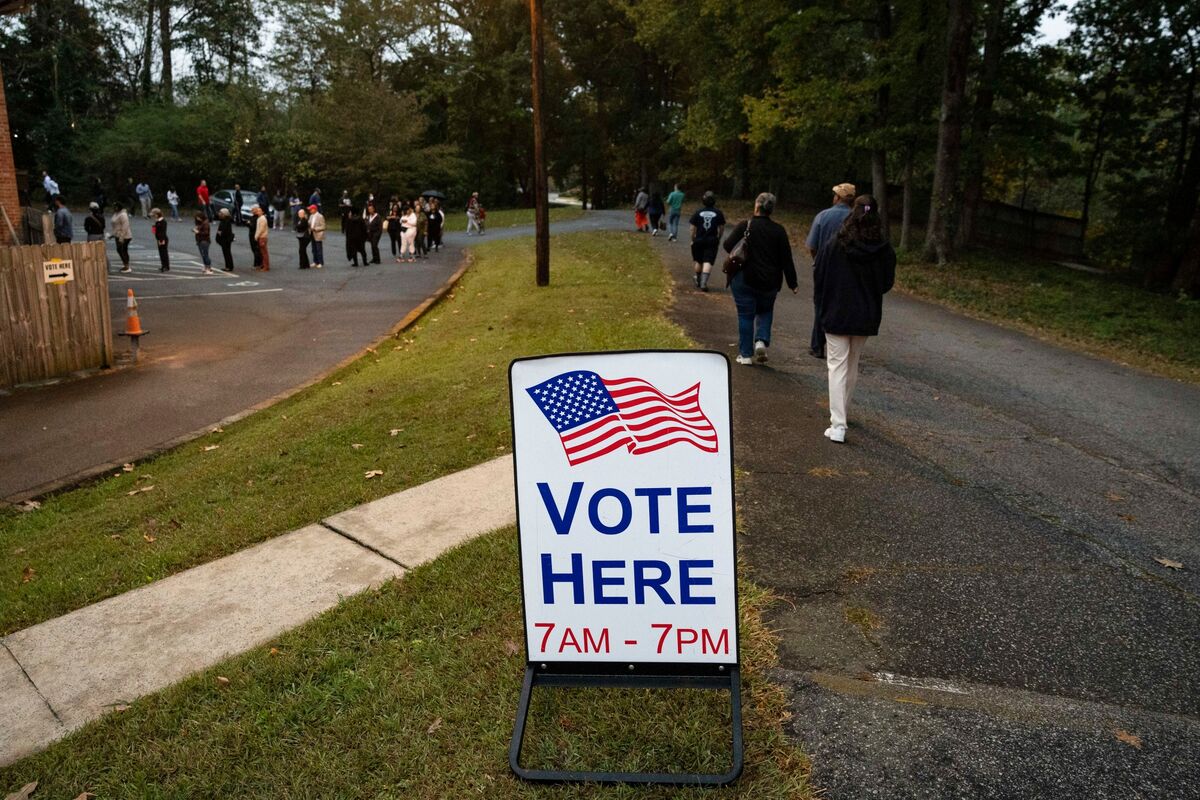
Why the Election Rally Could Continue in 2024
Stock markets are experiencing a strong post-election rally, driven by investor optimism, policy expectations, and economic growth prospects. Will the momentum continue